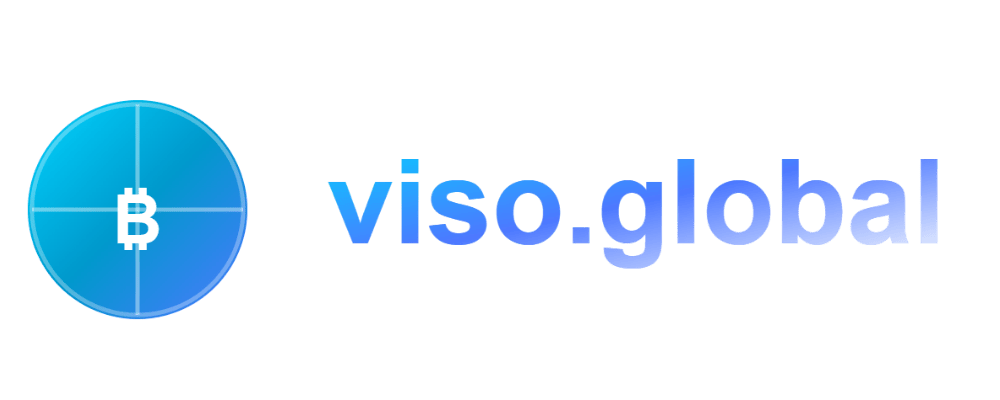Over the past twelve months, Hyperliquid has transformed from a rising contender into the undisputed leader in decentralized finance trading metrics.
Once generating a modest $2.4 million in fees, the protocol has now eclipsed $41 million in monthly revenue, outshining established networks like Bitcoin and Ethereum.
Hyperliquid’s Meteoric Rise
Launched as an innovative aggregator across multiple layer-2 networks, Hyperliquid brought together liquidity from dozens of decentralized exchanges.
Its cross-chain routing engine and dynamic fee model have attracted retail and institutional traders alike, driving massive gains in both fees and trading volume.
Breaking Down the Numbers
- Total fees-year-over-year: from $2.4 million to $41 million
- Average daily trading volume: over $1.2 billion, a 500% increase
- Active users: surged from 30,000 to 450,000 wallets
- Daily fee generation: peaking at $1.8 million on high-volatility days
Drivers Behind the Surge
Several factors underpin Hyperliquid’s success. First, its liquidity aggregation across Avalanche, Arbitrum, and Polygon taps into deep pools that minimize slippage.
Second, a tiered incentive structure rewards both market makers and high-frequency traders, ensuring consistent order flow.
Finally, seamless UI/UX upgrades have made protocol interaction as intuitive as traditional trading platforms.
Implications for the Broader Crypto Ecosystem
Hyperliquid’s dominance is reshaping the competitive landscape. Bitcoin and Ethereum, long admired for security and decentralization, now face pressure to innovate fee structures and scaling solutions.
As Hyperliquid demonstrates the potential of layer-2 composability and optimized routing, other DeFi protocols will need to enhance capital efficiency to keep pace.
With its fees and trading volume rocketing past industry giants, Hyperliquid is proving that agility and innovation can upend the status quo.
Investors and developers are closely watching the protocol’s next moves, anticipating fresh features that could further accelerate growth.
If the current trajectory continues, Hyperliquid may well define the new standard for decentralized trading in 2024 and beyond.
